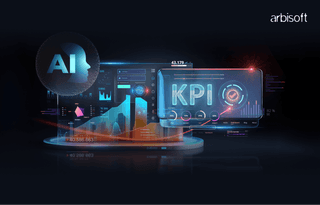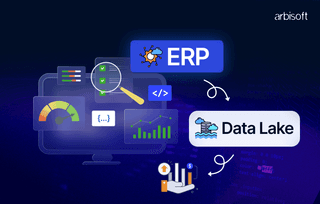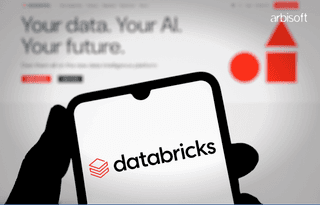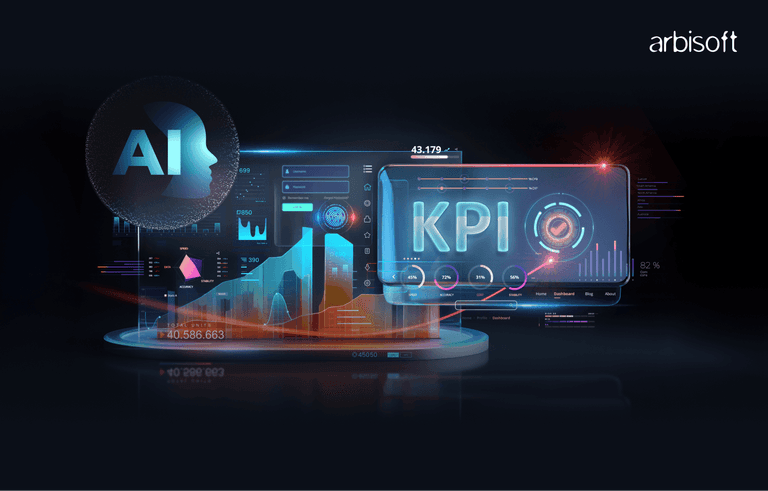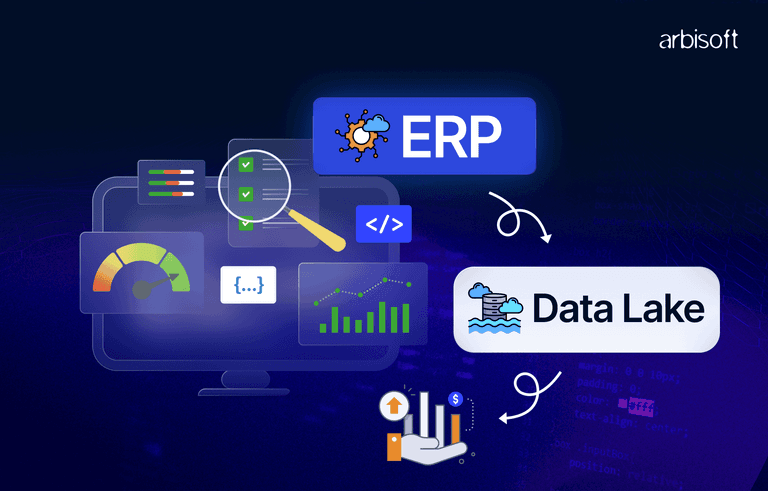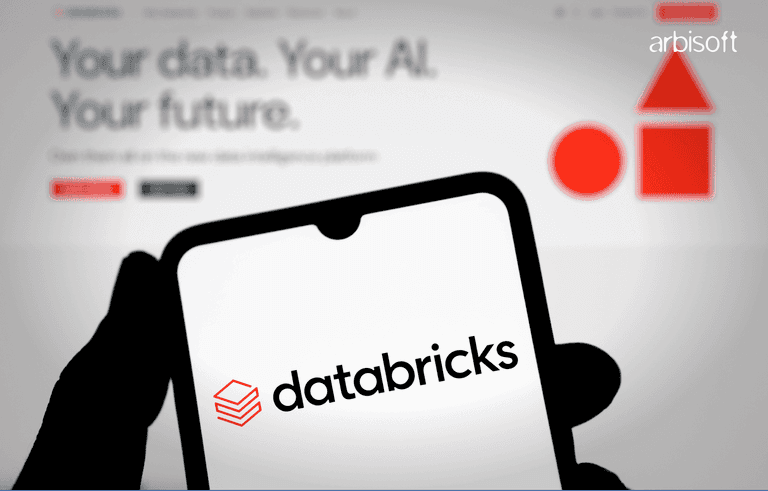We put excellence, value and quality above all - and it shows




A Technology Partnership That Goes Beyond Code

“Arbisoft has been my most trusted technology partner for now over 15 years. Arbisoft has very unique methods of recruiting and training, and the results demonstrate that. They have great teams, great positive attitudes and great communication.”
The Business Benefits of the Databricks Unified Data Analytics Platform: A Strategy for CIOs and Data Teams to Drive Efficiency
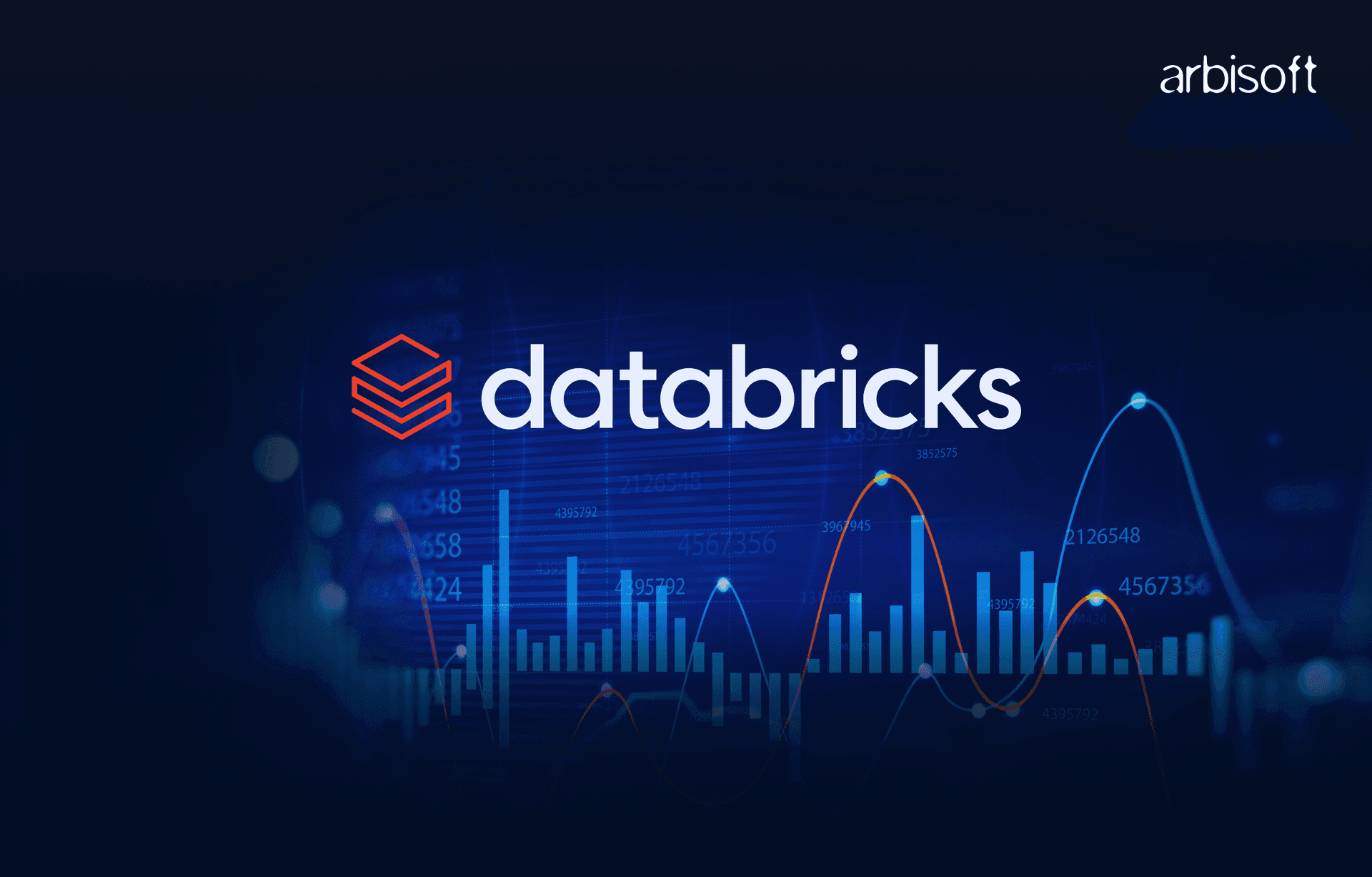
Introduction
In today’s world of sprawling data, digital transformation, and tight budgets, CIOs and data leaders are under immense pressure to deliver more, faster, smarter, and more cost-effectively. The challenge isn’t just about managing large volumes of data. It’s about aligning data strategy with business outcomes, breaking silos across departments, and ensuring teams—from analysts to data scientists—can work together efficiently.
Enter Databricks Unified Data Analytics Platform.
Databricks is more than just a tool; it’s a shift in how businesses approach data. It brings together data engineering, machine learning, and analytics on a single platform. And while that might sound like marketing-speak, the results it enables are very real: faster time to insights, cleaner and more reliable data pipelines, and significant savings on infrastructure and engineering effort.
This blog breaks down the real-world business benefits of adopting Databricks—and why CIOs and data teams should pay attention.

1. Eliminating Data Silos
Most organizations today are juggling multiple systems: data lakes, data warehouses, BI tools, machine learning notebooks, ETL frameworks—you name it. The problem? These systems often don’t talk to each other. Data engineers clean and move data one way, data scientists transform it another, and analysts have no clear line of sight into either process.
Databricks tackles this head-on by unifying data lakes and warehouses under the Lakehouse architecture. With a common storage format (Delta Lake) and native support for analytics and ML workloads, teams work from the same source of truth.
Why It Matters for the Business:
- Less duplication of work across departments
- Clearer governance and auditability
- Faster onboarding for new team members
- More time spent on innovation, less on fixing pipelines
2. Accelerating Time-to-Insight
Every CIO knows the pain of slow, unreliable data delivery. One team needs dashboards, another needs predictions, and it all depends on data that’s either stale or inaccessible.
Databricks helps reduce this lag. Thanks to its ability to process massive datasets in parallel and in real time, data pipelines that used to take hours can now be delivered in minutes—or even seconds. Its built-in orchestration, auto-scaling clusters, and integration with modern tools (like Power BI, Tableau, and MLflow) ensure teams aren’t waiting on each other.
Why It Matters:
- Faster decision-making
- Agile responses to market shifts
- Real-time personalization for customers
- Improved performance across reporting and modeling
3. Lowering Infrastructure and Operational Costs
Data teams often find themselves managing clusters, fighting with memory limits, or chasing bugs in their ETL pipelines. These inefficiencies stack up—not just in lost time, but in actual dollars spent on cloud compute and storage.
Databricks helps businesses move away from rigid, overprovisioned systems to an elastic, pay-for-what-you-use model. With features like Photon (high-performance engine), Delta Lake optimizations, and Unity Catalog for governance, your data becomes not just more manageable but cheaper to work with.
Business Outcomes:
- Reduced spend on compute resources
- Fewer DevOps hours managing clusters
- Scalable architecture as the business grows
- High availability without high overhead
4. Empowering All Data Personas
Databricks isn’t just built for data engineers or data scientists. The platform supports SQL, Python, R, and Scala, meaning everyone from analysts to ML practitioners can use the same system in the language they prefer.
That flexibility translates to better collaboration. Analysts can query data directly using SQL, engineers can build pipelines in PySpark, and data scientists can train models in notebooks—all within the same environment.
Impact:
- More inclusive, cross-functional teams
- No need to migrate data between tools
- Greater productivity with fewer handoffs
- Faster experimentation and iteration
5. Built-In Governance and Security with Unity Catalog
One of the biggest challenges CIOs face is data governance, especially in regulated industries like healthcare, finance, or government. Questions around “who accessed what” or “where did this data come from” can quickly turn into audit nightmares.
Databricks addresses this with Unity Catalog, a unified governance layer across all data assets. It offers fine-grained access controls, audit logs, and data lineage out of the box.
Strategic Advantage:
- Confident compliance with data regulations
- Controlled access by department, role, or project
- Easy visibility into data usage and history
- Governance without slowing down innovation
6. AI and ML-Ready Infrastructure
Databricks was born out of academia (from the creators of Apache Spark), and its roots in advanced analytics run deep. It’s designed to help businesses move from dashboards to predictions, from historical insights to proactive decision-making.
With built-in MLflow, AutoML, Feature Store, and MLOps capabilities, Databricks makes it easier to build, deploy, and monitor models in production. And because it's integrated with the same data platform, ML teams aren’t pulling data from external systems or reinventing the wheel for deployment.
Strategic Edge:
- Shorter development cycles for ML products
- Models that stay fresh with live data
- Better alignment between business and ML outcomes
- Foundation for AI-first transformation
7. Future-Proofing the Data Stack
As the data ecosystem evolves, companies need a platform that doesn’t just meet today’s needs but can scale for tomorrow. With support for streaming data, structured and unstructured data, multi-cloud deployments, and partner integrations (like Fivetran, dbt, and Tableau), Databricks ensures your data strategy remains flexible and future-ready.
CIOs can breathe easier knowing that they’re investing in a platform that continues to innovate—and that their data architecture won’t become obsolete in a year.
Conclusion: Strategy for CIOs
Databricks isn’t just a technical upgrade—it’s a strategic enabler.
For CIOs, it means aligning your teams around a shared data vision, reducing friction between data producers and consumers, and accelerating time-to-value. For data teams, it offers freedom: freedom to experiment, to build at scale, and to focus on solving problems instead of maintaining pipelines.
In an era where data is the foundation of every digital initiative, the Databricks Unified Data Analytics Platform helps organizations turn that data into real, measurable business impact.
Final Thoughts
If your data teams are stuck in silos, if infrastructure costs are spiraling, or if your analytics just can’t keep up with demand—it’s time to rethink your stack.
Databricks provides a path forward.
Not just faster data. Smarter data. Unified data. Business-ready data.








